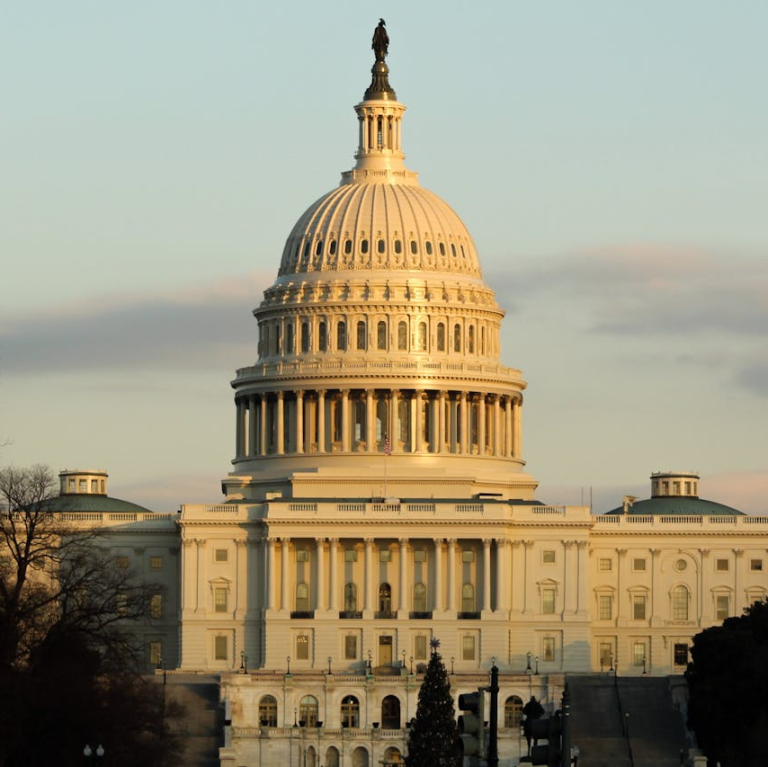Key Takeaways
-
The 2025 introduction of a $2,000 annual out-of-pocket cap for Medicare Part D offers new protection for prescription drug costs, making planning easier for beneficiaries.
-
This change significantly affects how you evaluate your annual medication spending, especially if you rely on costly brand-name or specialty drugs.
Understanding the New $2,000 Cap in 2025
Starting in 2025, Medicare Part D introduces a $2,000 annual cap on what you spend out of pocket for prescription drugs. This is part of a larger shift under recent legislation aimed at reducing financial burdens for Medicare enrollees. Once your drug spending reaches this cap, your Part D plan will cover the rest of your medication costs for the calendar year.
This cap replaces the older structure, where beneficiaries entered a catastrophic coverage phase with continued cost-sharing. Now, once you hit $2,000 in out-of-pocket spending, you pay nothing more for covered drugs.
What Counts Toward the $2,000 Limit?
The $2,000 cap includes:
-
Your deductible phase spending
-
Copayments and coinsurance during the initial coverage phase
-
Costs during what was formerly the coverage gap (donut hole)
It does not include:
-
Monthly premiums
-
Costs for drugs not on your plan’s formulary
-
Any pharmacy charges beyond network requirements
Understanding what applies to the cap helps you plan more effectively throughout the year.
How the Cap Changes Your Budgeting Strategy
Before 2025, there was no hard ceiling for what you could spend on prescription medications each year. Now that a clear limit is in place, you can create a more reliable healthcare budget.
Simplified Cost Forecasting
Having a fixed upper limit lets you:
-
Set aside savings with confidence, knowing your costs won’t spiral
-
Plan around medication schedules and refill cycles
-
Evaluate whether a high or low-utilization plan makes sense
If you’re someone who reaches the cap early in the year, you’ll get the financial relief of no further drug costs for the remaining months.
Better Predictability for High-Cost Users
If you use multiple or expensive medications, the cap gives you greater peace of mind. You now know that your annual liability stops at $2,000 for covered prescriptions, which helps stabilize finances even in the face of serious or chronic conditions.
Timeline and Enrollment Details
This new $2,000 cap takes effect January 1, 2025, for all Medicare Part D plans. You don’t need to enroll separately to benefit from this change—it’s automatically applied to any Part D coverage, whether standalone or bundled within a Medicare Advantage plan.
When Should You Review Your Plan?
Medicare Open Enrollment happens from October 15 to December 7 each year. During this window, you can:
-
Switch Part D plans
-
Change from Original Medicare to Medicare Advantage (or vice versa)
-
Add or drop drug coverage
Use this period to examine how your plan aligns with the new out-of-pocket limit. Look at premiums, drug formularies, and network pharmacies to ensure you’re maximizing your savings.
Coordinating This Cap With Other Medicare Coverage
The $2,000 cap on prescription drugs applies only to Part D. It does not affect your costs under:
However, coordinating your coverage across Medicare parts is more important than ever. If you’re managing chronic illnesses, your drug expenses may drop while your Part B costs (like doctor visits or lab tests) remain steady. Reassessing your overall healthcare costs helps you manage total spending better.
Medicare Advantage and the Cap
If you’re enrolled in a Medicare Advantage plan that includes drug coverage, the cap still applies. These plans must comply with the new Part D rules. But their networks, formularies, and utilization rules may differ, so it’s worth confirming how your current Advantage plan implements the change.
Planning Strategies to Use Now
While the cap gives you new protection, it also means you may need to adjust your financial and healthcare planning. Here are some proactive steps:
1. Evaluate Your Medication List
-
Review all the drugs you currently take.
-
Check which ones are covered under your plan’s 2025 formulary.
-
Work with your prescriber to find generic or lower-tier options when appropriate.
2. Recalculate Your Annual Health Budget
Knowing that your prescription drug costs won’t exceed $2,000 (excluding premiums), update your budget to reflect that stability. Include your projected costs under Parts A and B as well.
3. Consider the Medicare Prescription Payment Plan
Also launching in 2025, this program allows you to pay out-of-pocket drug costs in equal monthly installments. Instead of paying large amounts at once, you can spread payments throughout the year. This can be especially useful if you hit the $2,000 cap early.
Check with your plan to see if this payment option is available to you.
4. Monitor for Annual Changes
Although the cap is set at $2,000 for 2025, future years may bring adjustments. Stay informed each fall when plan documents and Medicare announcements are released.
Use the Annual Notice of Change (ANOC) sent by your plan to review:
-
Updated costs
-
Drug formulary changes
-
Changes to prior authorization or step therapy rules
5. Work With a Licensed Agent
A licensed agent can help you:
-
Compare plan costs and formularies
-
Understand how the cap fits into your broader health plan
-
Explore any benefits your plan may offer beyond the basics, like insulin caps or expanded pharmacy networks
What Doesn’t Change With the Cap
While the cap is a major improvement, some aspects of Medicare Part D remain the same:
-
Monthly premiums are still required.
-
Plan formularies and drug tiers can vary widely.
-
Not all drugs are covered—plans have specific lists, and out-of-formulary drugs aren’t subject to the cap.
-
You may still need to deal with prior authorization and step therapy in some cases.
So while the cap adds value, careful plan selection remains critical.
How This Affects Different Types of Medicare Enrollees
For New Enrollees
If you’re turning 65 or newly eligible for Medicare, the cap is a significant benefit. It lowers the risk of unexpected drug expenses and can simplify your entry into Medicare decision-making.
For Long-Time Enrollees
If you’ve dealt with high drug costs for years, this change marks a turning point. Reconsider your annual plan selection strategy and talk to a licensed agent to find out if switching plans makes sense.
For Low-Income Beneficiaries
You may already qualify for cost assistance through programs like Extra Help. While the cap may not change your costs dramatically, it standardizes coverage for others and strengthens overall drug protection in Medicare.
Looking Ahead: What This Change Signals
The $2,000 cap is part of a broader trend to make Medicare more predictable and less financially punishing. It reflects increasing pressure to curb runaway prescription costs and improve equity for older adults and those with disabilities.
While the immediate impact is financial, the broader implication is one of increased stability—giving you more tools to make informed, sustainable healthcare decisions year after year.
What This Means for Your Medicare Future
This new protection under Medicare Part D allows you to plan your healthcare budget with confidence. Even if you take expensive drugs, the $2,000 cap sets a firm upper limit on your out-of-pocket burden for the year.
To ensure you’re getting the full benefit of this change, review your plan options carefully each fall, coordinate across all Medicare parts, and don’t hesitate to get help from a licensed agent listed on this website.








